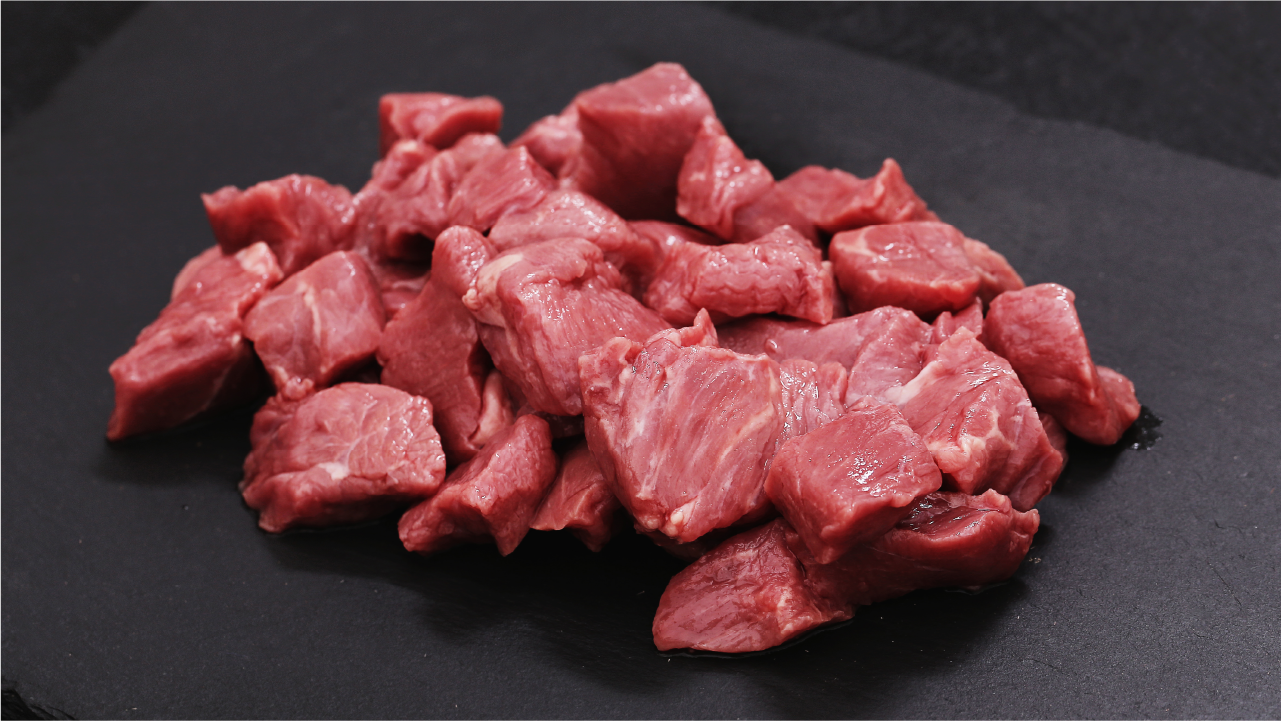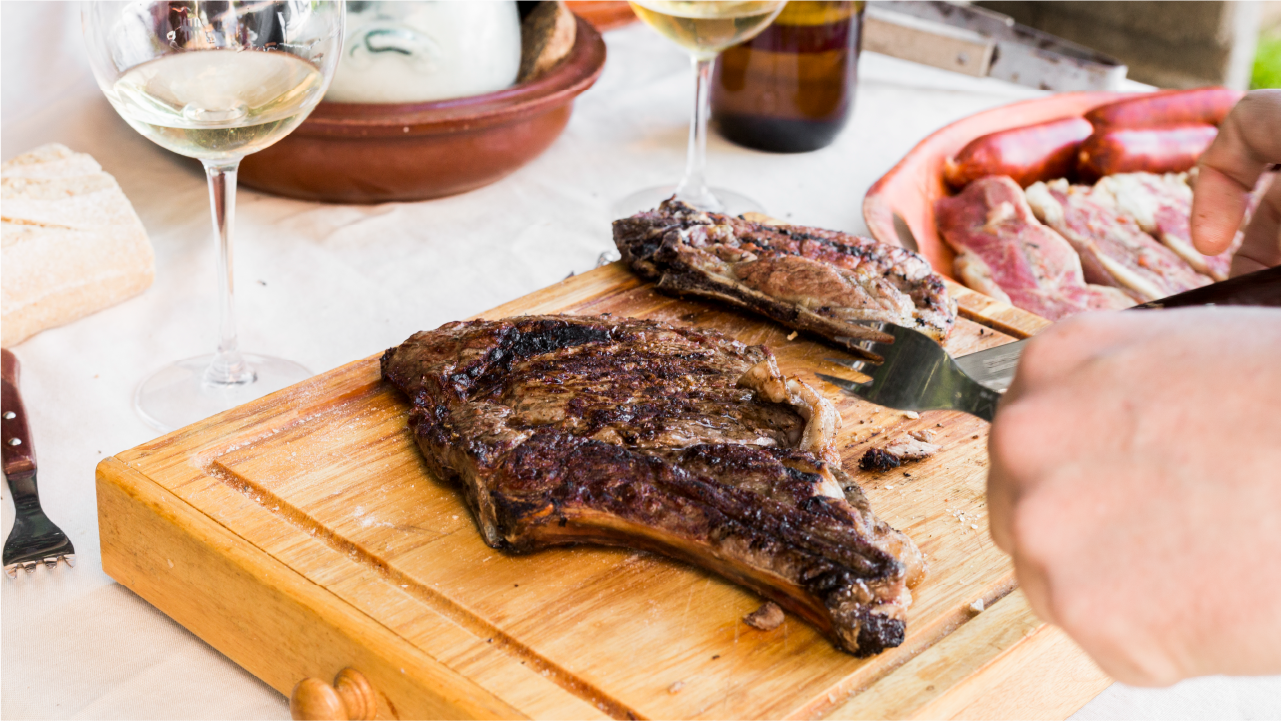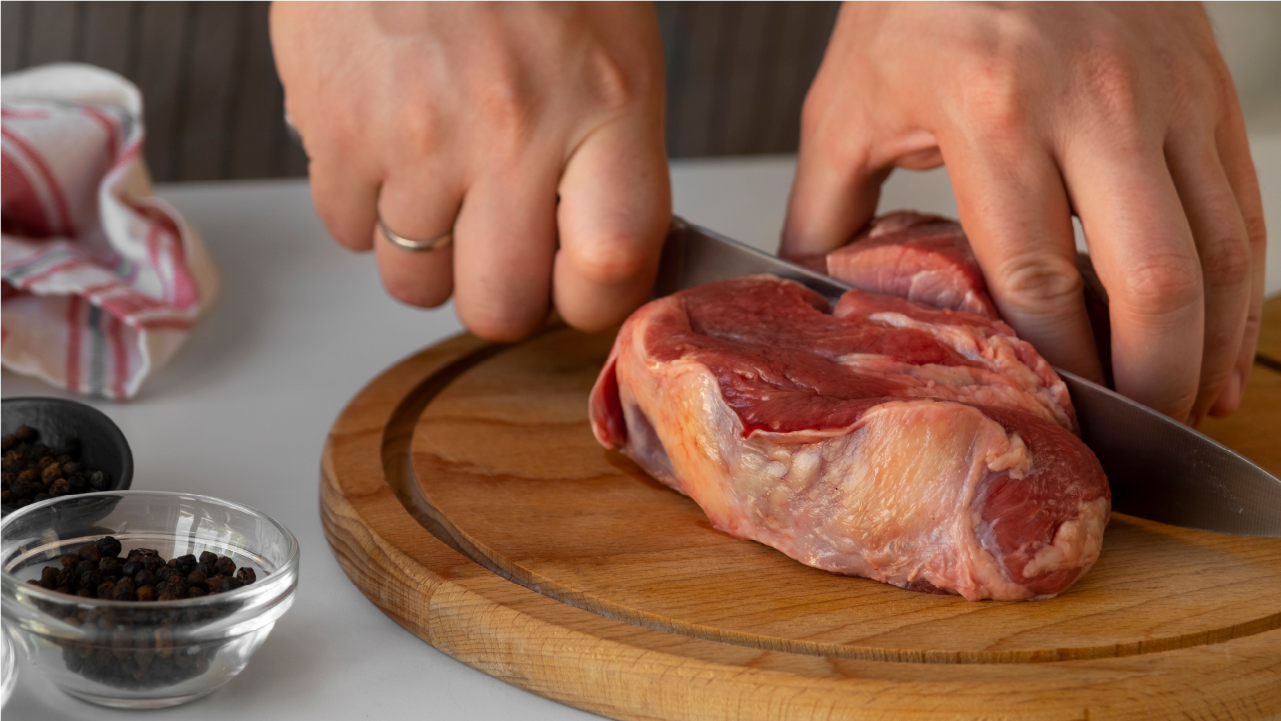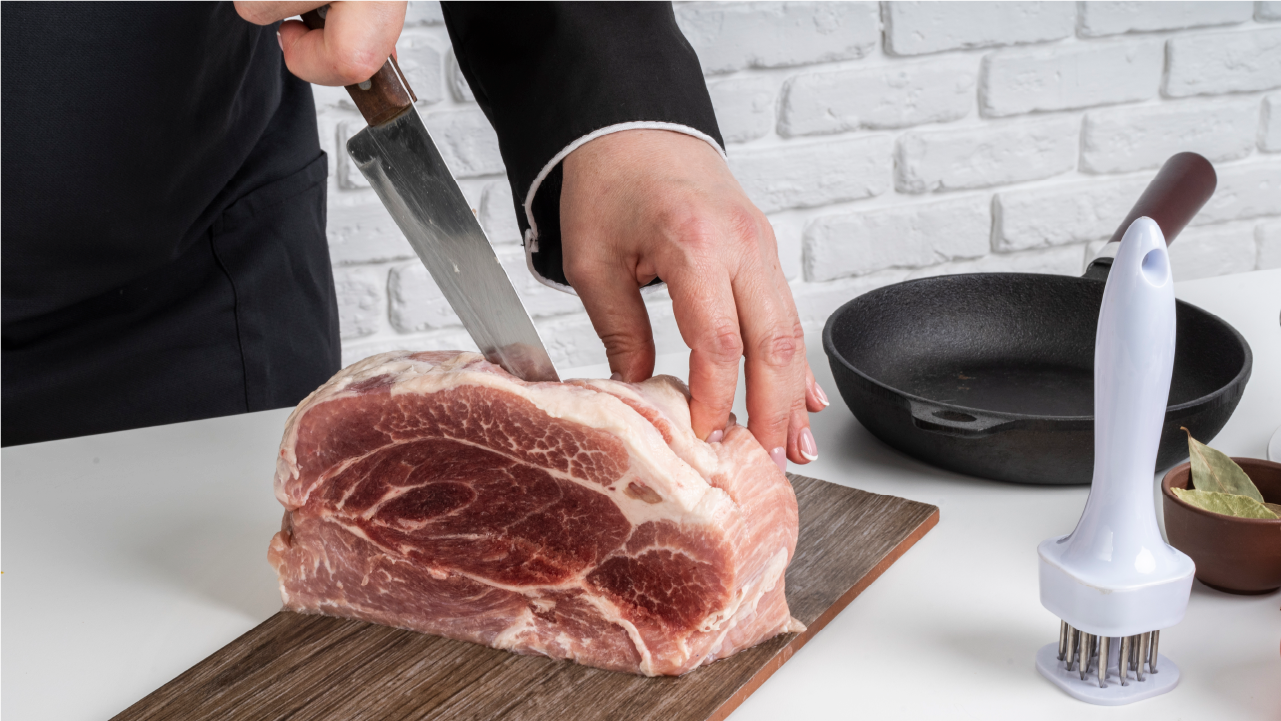Selecting the ideal cut of meat for your barbecue is paramount for achieving superior flavor and texture. Given the abundance of options available, selecting the most suitable cut of meat can be a complex endeavor. This comprehensive guide aims to elucidate the critical factors to consider when choosing the optimal cut of meat for your upcoming barbecue.
From tender and succulent steaks to flavorful ribs and hearty sausages, there is a cut of meat to cater to every palate. By acquiring a thorough understanding of the distinctive characteristics of various cuts of meat and their optimal cooking techniques, you can confidently prepare grilled creations that are both flavorful and visually appealing. Let us ignite the grill and embark on your culinary adventure. Let us ignite the grill and embark on your barbecue adventure.
Choosing the Perfect Cut of Meat for Your Barbecue

In the realm of barbecue, the meat undeniably takes center stage. However, with the plethora of options available, selecting the ideal cut can be a daunting task. We’ll go over the important things to think about and suggest some of the best cuts for various cooking methods and tastes in this guide.
Understanding the Cut
The cut of meat significantly influences its flavor, texture, and required cooking time. Here are some essential terms to understand:
- Grain: The way the meat’s fibers run. Tenderizing meat is aided by cooking meat against the grain.
- Marbling: The amount of intramuscular fat. Marbling adds flavor and juiciness.
- Bone-in or boneless: While boneless cuts are frequently simpler to cook and carve, bone-in cuts can contribute taste and aid in moisture retention.
Cooking Methods and Cuts
Your choice of cooking method will determine which cut of meat is best. Here are some popular cuts and how to cook them:
-
Grilling:

- Steaks: Ribeye, New York strip, filet mignon, sirloin.
- Burgers: Ground beef, ground turkey, ground lamb.
- Chicken: Breasts, thighs, drumsticks.
- Pork: Chops, ribs, tenderloin.
-
Smoking:

- Brisket is a classic choice for smoking, prized for its tender texture and rich flavor.
- Pork shoulder: A versatile cut that can be used for pulled pork or smoked chops.
- Ribs: Spare or baby back ribs are popular smoking choices.
-
Roasting:

- Prime rib: A luxurious cut perfect for special occasions.
- Leg of lamb: A flavorful and substantial choice.
- Pork loin: A lean and versatile cut.
Factors to Consider
When selecting a cut of meat, consider several factors. Personal preference plays a crucial role, as one may prefer lean, fatty, or marbled meat based on individual tastes. Cooking time is another important consideration, as some cuts require longer cooking times than others. Additionally, the desired flavor profile should be taken into account, as different cuts of meat complement various flavors. Finally, budget constraints may influence the choice of meat, as some cuts are more expensive than others.
Popular Cuts and Cooking Methods
Here are some popular cuts and recommended cooking techniques:
- Ribeye steak: Grilling or searing.
- New York strip steak: Grilling or pan-searing.
- Filet mignon: Grilling or pan-searing.
- Sirloin steak: Grilling or pan-searing.
- Ribs: Smoking or grilling.
- Chicken breasts: Grilling, baking, or sautéing.
- Chicken thighs: Grilling, baking, or sautéing.
- Pork chops: Grilling or pan-searing.
- Pork tenderloin: Grilling, roasting, or sautéing.
Always keep in mind that selecting a meat cut that you like and that works well with your cooking technique is essential to a great barbecue. Through careful planning and strategic experimentation, you can craft delectable and memorable barbecue meals.
Tips for Choosing the Right Cut
- Ask your butcher: Butchers are experts who can provide personalized recommendations.
- Consider the cooking method: Different cuts are better suited for specific cooking methods.
- Seek for marbling, which imparts flavor and juicy texture.
- Don’t be afraid to experiment: Try new cuts and cooking methods to find your favorites.
Conclusion
For your barbecue to have great flavor and texture, you must select the right cut of meat. Making educated choices requires knowledge of the elements that affect meat quality, such as grain, marbling, and alternatives for bone-in versus boneless cuts. Furthermore, considering factors such as cooking method, personal preferences, and budget will aid you in selecting the optimal cut of meat that aligns with your desired taste and culinary experience.
Whether your preference lies in grilling, smoking, or roasting, there is a cut of meat that will undoubtedly satisfy your cravings. From tender steaks to flavorful ribs and hearty sausages, the possibilities are endless. By following the tips and recommendations in this guide, you’ll create a mouthwatering barbecue that impresses your guests.
FAQs
-
Which elements are crucial to consider when choosing a cut of meat for barbecue?
When choosing a cut, bear in mind the following factors:
- Personal preference: Which do you prefer, a cut with plenty of meat, or a cut with a lot of fat.
- Time of cooking: What a time do you have available for cooking?
- Flavors: What tastes would you like to add to the meat?
- Cost: Depending on the cut, some are more expensive than the rest.
-
Which cuts are most sought after for barbecue?
Barbecue cuts include:
- Steaks: Ribeye steak, Strip loin steak, filet mignon, Sirloin stake.
- Burgers: Mincemeats: beef, turkey, lamb.
- Chicken: Chicken breast fillet, Chicken thighs, Chicken drum stick.
- Pork: Pork chop, Pork rib, Pork tenderloin.
-
What is the main distinction between smoking and grilling the meat?
Smoking refers to the technique of cooking meat for an extended period of time with low heat, often accompanied by the use of wood smoke to enhance flavor. Grilling refers to the high heat cooking of meat for a short period of time usually using direct heat.
-
What measures should one take to be very sure that one’s meat is well cooked to the recommended temperatures?
Holding the thermometer in the middle of the meat, insert it up to the thermometer’s tip to read its internal temperature. Some meats have slightly different ideal cooking temperatures and the best source of information on this is a reliable culinary authority.
-
What are some advice on how to choose the right cut of meat for a large number of people?
Variety: It is advisable to offer different cuts in order to serve the tastes of so many people with different preferences. Quantity: Calculate the number of the required portions of meat and how many kilos of it have to be purchased for the given number of guests. Cooking time: A barbecue organizer should take time to ensure all types of meat have the best cooking time to avoid some being overcooked. Budget: Decide on a realistic spend limit and select clips that will not put a hole in your pocket.
Did you miss our previous article...
https://manstuffnews.com/backyard-grilling/the-5-best-stainless-steel-grills-for-2024
 Backyard GrillingWeekend WarriorsAdvice from DadBeard GroomingTV Shows for Guys4x4 Off-Road CarsMens FashionSports NewsAncient Archeology World NewsPrivacy PolicyTerms And Conditions
Backyard GrillingWeekend WarriorsAdvice from DadBeard GroomingTV Shows for Guys4x4 Off-Road CarsMens FashionSports NewsAncient Archeology World NewsPrivacy PolicyTerms And Conditions
